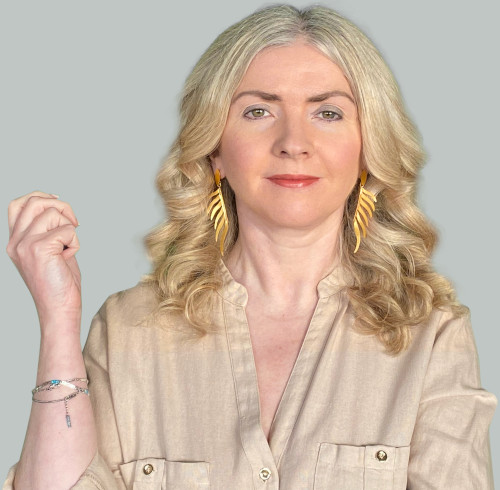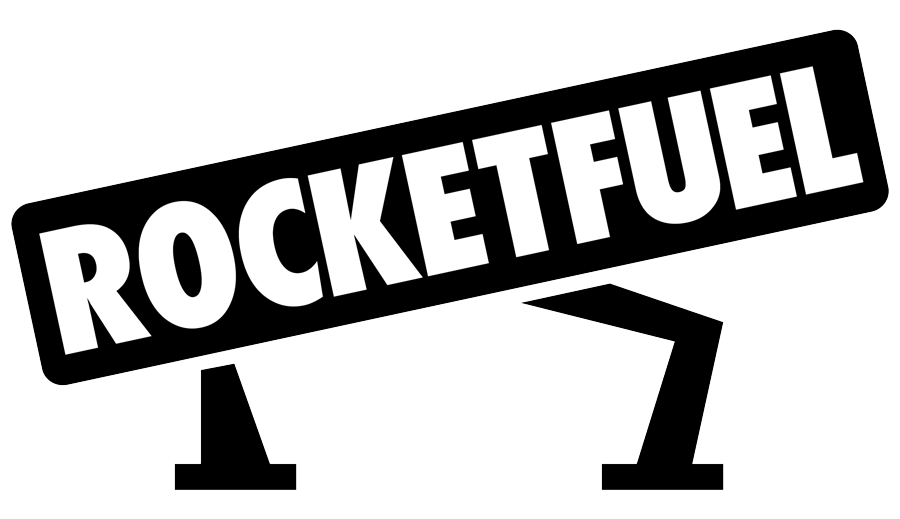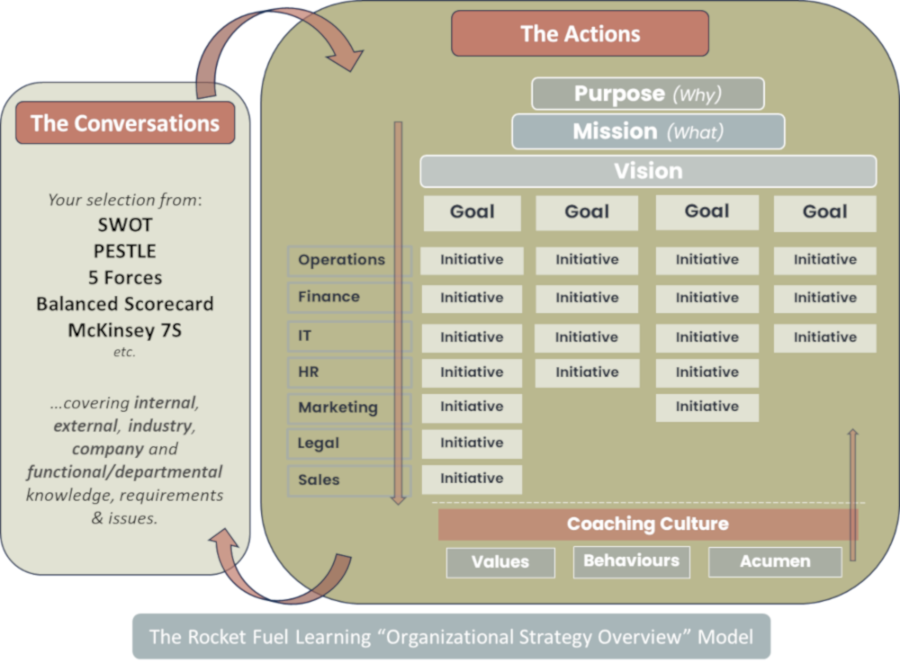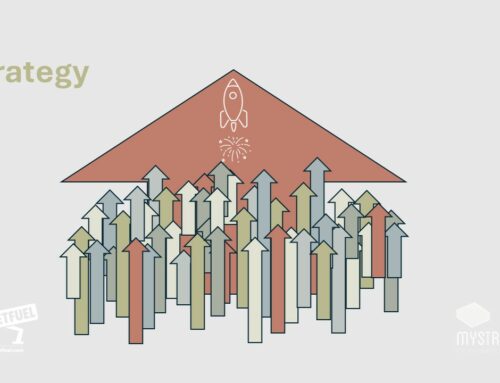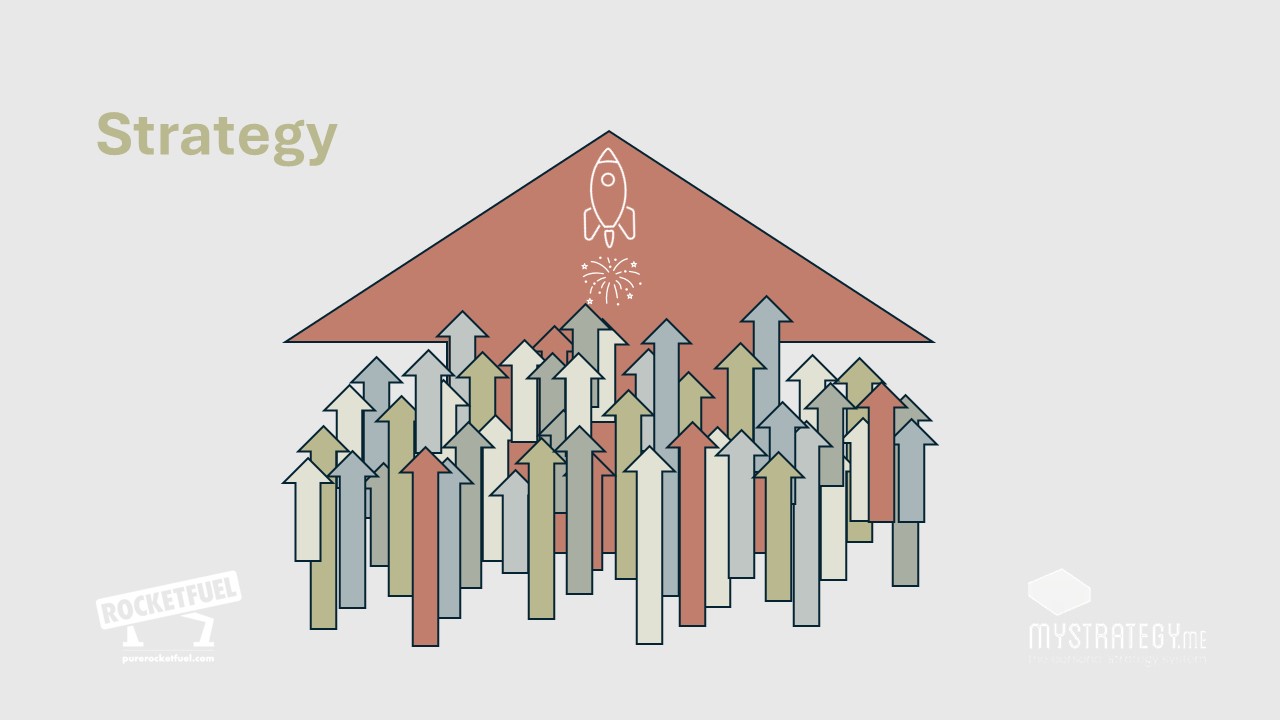
It’s hard to move forward if you don’t know why you’re doing it, so find your Purpose – says Leadership & Performance Coach, Davina Greene.
Have you ever taken the time to contemplate your Purpose, potentially the highest level of any personal strategy you might choose to put in place? Beyond the bigger question of “Who are we, and why are we here?”, have you ever sat yourself down to decide the meaning of it all for you?
If you are part of an organization, what was the process for defining your Purpose? If you don’t have one, might it be an interesting, beneficial, engaging project to work with your employees to design one? I think it might.
Why Bother With Purpose?
I see so many people suffer increasing – but unexplained – anxiety and negativity, yet as soon as we start discussing it, things suddenly start making sense. They have perhaps heard of Vision, but talk of Vision is so often talk of desired bank balances, home sizes and locations, partners and kids. Purpose, on the other hand, seems to force people to dig a little deeper. I love the concept of ‘soul’, and I really think that that’s what it reflects.
Likewise, in business, the most confusion I’ve seen on executives’ faces during these conversations is when they’ve never, even just with each other, had those soft-but-actually-still-hard conversations about Values, Ethics, Desires, Intent etc. that might suggest to them a nice “phrase to live by” as they go about their business (and a valuable piece of Employee Marketing in engaging people with the company story).
Many people and organizations live on auto-pilot; knowing your Purpose can change that.
What is it? It’s simply an over-arching driver against which you can check all of your activities and choices in life or business-building – if they are aligned, you feel good; if they are out of sync, you feel not-so-good. It’s your Why. The reason you exist, or your organization exists. And it has a knock-on impact all the way down through the rest of your strategic actions, personal or organizational, that provides valuable instruction and governance.
Mine is:
“To help people change their life, or change the world”.
My business, Rocket Fuel Learning International’s, is:
“To increase the availability of self-knowledgeable, purpose-led, solution-oriented leaders in the world”.
That provides me with lots of potential for variety within a satisfyingly broad boundary line.
Very short version of my story: after 13 years in the corporate world, out of nowhere my talk in coaching sessions turned to themes of ‘helping and educating people’, my coach pointed out I had a whole new hyper-enthusiastic personality when I spoke on these themes, and I then realized that I was entirely unaligned. So, now I’m a coach, using my international business, people-management, and own ‘human’ experience to help others. But I could also be a doctor, nurse, fitness instructor, teacher, or counsellor… Purpose is never negatively limiting of our actions in life; it is, rather, positively corrective of our actions.
Do you have to leave your job if it doesn’t sit perfectly with your Purpose? Not at all. There are 168 hours in your week – if I assume you work 37 and sleep 56, then you still have 75 hours for Purpose-related activities. If there are aspects of your current role that can help you to work towards your priorities during those 75 hours (money, security, general peace of mind), great. Once you make that conscious decision, you remove work’s power over your emotions. There is now a bigger picture.
How to Design Your Purpose
How do you define yours?
Firstly, whether doing this in an individual or organizational capacity, switch yourself out of “school mode”. Nobody is going to tell you that your answer is right or wrong, and nobody is pushing you to decide your purpose in the next hour, week, or even month.
Secondly, you grab a pen and paper and keep it near you – now that you’ve asked yourself the question, all sorts of words, phrases, people and situations are going to be noticed by you and may well contribute to your final statement. In an organizational context, create an environment of brainstorming and open discussion, where notes are kept by someone so that themes can start to be spotted. The more a Purpose is dictated by one person from the get-go, the less engagement and buy-in there will be later.
Your Purpose should not chop and change from month to month, but you may find yourself refining the odd word here and there as your perspective sharpens with time and experience.
Some people’s is very broad and could relate to the whole world (like mine); others may be so narrow as to relate only to themselves (“to live an extreme life” could perhaps be the purpose of someone who intends to spend every day travelling the world, hurling themselves off bridges and out of airplanes). An organization’s purpose can take all sorts of forms: it’s about getting it right for that business, which needs to be unique in its own way. Some well-known examples are:
- Apple: “To empower creative exploration and self-expression.”
- Lego: “To inspire and develop the builders of tomorrow.”
- IKEA: “To create a better everyday life for the many people.”
Think how many different types of products and business any of these companies could move into, without clashing with those Purpose statements. Again: much potential for variety, within broad boundaries.
Key Tips In Defining Purpose
- Purpose is a statement of your overarching driver in life, or organizational growth and success.
- It may take time to finalize, but is unlikely to change significantly, once set
- At a personal level, consider, if there was no such thing as work, how would you spend your time?
- At a personal level, consider what makes you extremely happy, sad, or angry – what you passionately react to.
- At an organizational level, try to involve more than just the top team in discussions around choosing or embedding Purpose. It should be a very key part of organizational storytelling, so it cannot just be something that resonates with the few.
Always remember, you cannot tell another person what their Purpose is. You can encourage and display both Values and Purpose, and hope that the combination in some way inspires (think of Princess Diana’s impact on Princes William and Harry’s activities and attitudes today), but that’s about all. On the negative side, where there is no sense of, or understanding of, Purpose, we are seeing how terrorist organizations are so easily stepping in to fill that gap for young people. Let’s work to avoid that.
People can get very confused between Mission, Vision and Purpose when having these conversations. I always advise to eliminate the terminology and simply create your top-down cascade of what you do and why you do it. The logic is what’s important, not the exact text-book terminology. (You’ve wasted valuable strategic time if, instead of reflecting and planning, you’ve started googling terminology and essentially gone nowhere by the end of the meeting! That doesn’t really sound like the actions of a leader, now, does it?)
So, off you go…start the process of defining your Purpose, for you or for your organization. When you know it, why not come visit me online and #stateyourpurpose? I’d love to hear them all!
Interested in investing in your own personal – and personal strategy – development? Check out www.MyStrategy.me!
Share This!
About the Author
